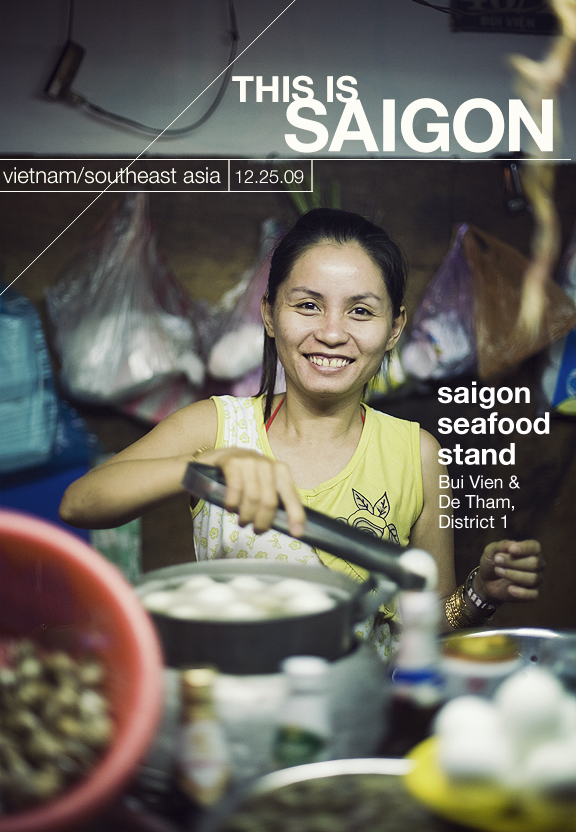Soldiers and residents of HCM City's Cu Chi district created an astonishing 250km tunnel system during the Vietnam War. The site is now a famous historical monument
LookAtVietnam - Soldiers and residents of HCM City's Cu Chi district created an astonishing 250km tunnel system during the Vietnam War, some parts of which are up to 10 meters deep and three stories. The site is now a famous historical monument
The first sections were built back in 1948 in Tan Phu Trung and Phuoc Vinh An communes to hide documents, weapons and guerilla fighters. By 1965, the basic system connected five communes in Cu Chi and by 1968, the tunnel had expanded to its full 250 kilometers.
During the peak years of the Vietnam War, residents and guerillas lived in these tunnels. They recall that the tunnels were very wet and stuffy in some sections, due to the lack of sunlight and air. Whenever people felt faint, they were brought to tunnel openings for fresh air. During the rainy season, insects and snakes shared the tunnel with the human inhabitants.
One sector of the tunnel system has three stories. The level for soldiers was 3 meters down, the second story, 6 meters under the surface, was a home for war invalids, the elderly and children. The third plunged 8-10 meters deep and was occupied by healthy people.
Visitors can see how the system zigzags underground, with many branches spread from the main tunnel and some running all the way to the Saigon River. Many air holes also dot the tunnel walls, disguised during the war years as termite nests. The tunnels are still very narrow, with openings only wide enough for small people.
US troops tried multiple times to destroy the tunnel network. In 1966, they launched the unsuccessful "Cai Bay" campaign, pumping water into the tunnels. Later, in 1967, the US Army used a special taskforce to attack the tunnel system. They used 600 small soldiers, wearing gas-masks and special rifles, to go down into the tunnels. Popularly called "tunnel rats," these forces only destroyed some small sections.
The US then brought in special vehicles to bulldoze the tunnels.. To drive out the guerrillas, toxic gas was pumped into the tunnel networks. The US even tried seeding the area with tall grasses, which grew to 2-3 meters high in just a month. They then set fire to the grass during the dry season to create difficulties for the underground guerillas by "smoking" them out. None of these methods succeeded and the tunnel network served as a vital resource during the remaining war years.
Today the Cu Chi tunnels are a national historic site, hosting around 1000 visitors a day.
 |
Female guerillas of the past. |
 |
The map of the Cu Chi tunnel network, with branches to the Saigon River. |
 |
People created the tunnels manually. |
 |
A door. |
 |
Inside the tunnel. |
 |
An air hole. |
 |
A gun emplacement. |
 |
A hospital inside the tunnel. |
 |
A meeting room. |
 |
A blind ditch. |
 |
Trenches are connected to the tunnel. |
 |
Visitors at Cu Chi on April 30. |
Documentary pictures of the Cu Chi tunnel:
 |
|
<><>
















































